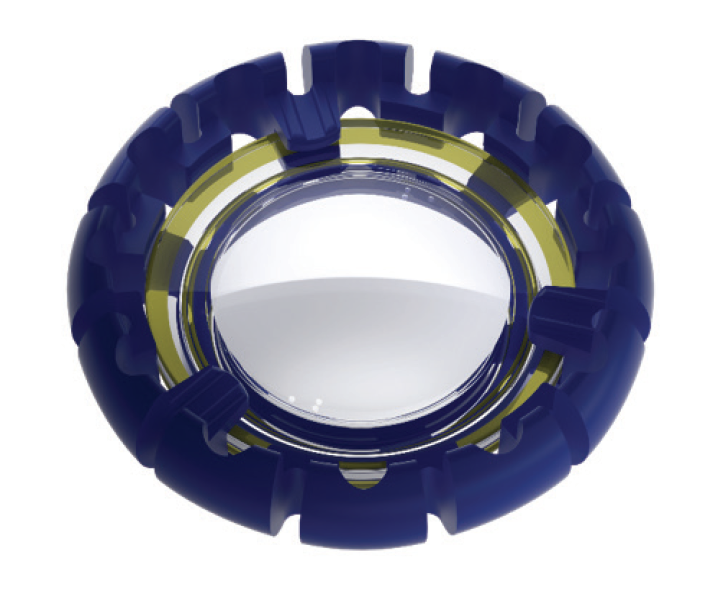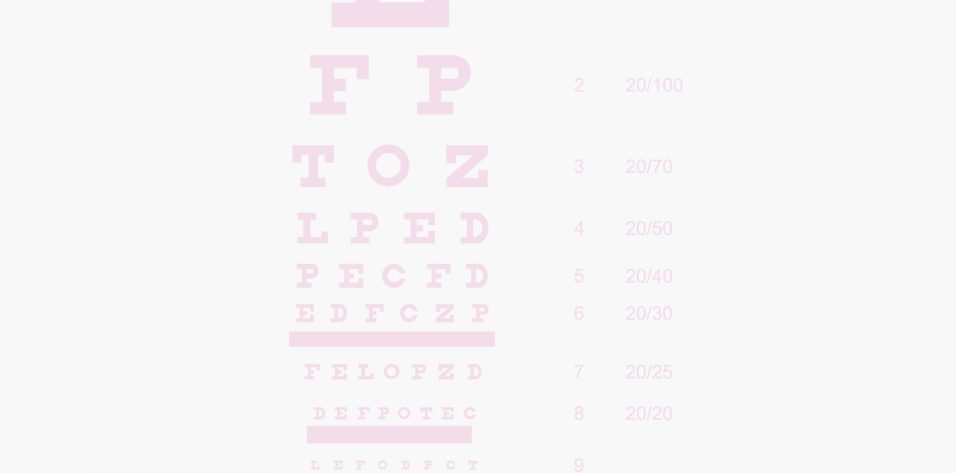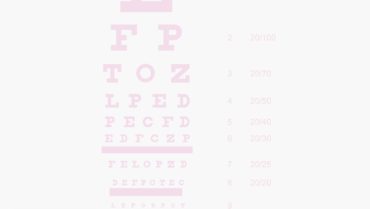
It is well known that cataract is the leading cause of blindness worldwide and removal of cataract the most frequently performed surgery in many developed countries.1 What has received comparatively less attention is the changing demographics of patients receiving cataract surgery. Especially in developed countries, the threshold of visual impairment to qualify for cataract surgery is getting lower, and patient expectations of visual outcomes are getting higher.2
Additionally, many patients are electing to have lens exchange surgery in response to the onset of presbyopia—the gradual loss of the accommodative response of the eye with age. There is a worldwide prevalence of approximately 1.8 billion presbyopes.3 Still, however, presbyopia-correcting IOLs are underutilized, making up only a small percentage of IOLs implanted in the United States and worldwide. This may in part be due to the fact that no IOL thus far has been able to truly restore accommodative function in a lasting way, and those that provide pseudoaccommodation typically come with significant compromises, primarily in the form of dysphotopsias.4
Surgeons spend significant chair time educating patients on the available IOL technologies. It’s a time-consuming process that includes assessing each patient’s visual needs, personality, and postsurgical expectations to determine the right IOL for that particular patient.5 An unsatisfied patient with a refractive surprise can be touched up with limbal relaxing incisions or LASIK, among other options; however, dysphotopsias secondary to IOL design present a different problem. These patients require additional chair time to determine whether their complaints of dysphotopsia are coming from the IOL or some other etiology.
Often, these dysphotopsias can’t be corrected without a lens exchange. Some patients may become tolerant with time due to neural adaptation—a phenomenon that itself can require explanation. Additionally, there are anatomic contraindications (eg, corneal and retinal pathologies) that cannot be ignored when considering potential candidates for these IOLs.
RESTORING FUNCTION
To restore true accommodative function to the eye, the accommodating IOL must engage with the intact ciliary muscle. Fortunately, research on changes in the ciliary muscle with age suggests that the muscle is still capable of contracting and that the onset of presbyopia is caused more by changes in the crystalline lens than the ciliary muscle.6 Therefore, most accommodating IOLs seeking to solve this problem are designed to use contraction of the ciliary muscle to achieve one of three things: (1) anterior movement of the IOL within the capsular bag, (2) a change in its shape or curvature, or (3) a change in refractive index to increase the optical power.7
Although the Crystalens AO (Bausch + Lomb) has been available for more than a decade and has been widely implanted, its long-term performance has been called into question,8 leaving the door open for new solutions to this universal problem. Over the past many years, there have been several attempts to develop an IOL that provides presbyopia correction without splitting light into multiple foci. Currently, several groups have prototypes in development, including the following:
- The fluid-based lens technology of PowerVision (acquired last year by Alcon);9
- The modular IOL design of Atia Vision (Shifamed);10
- The shape-changing Opira IOL (ForSight Vision6);11 and
- The Juvene Curvature Changing Lens (LensGen).12
As the number of ventures and the recent acquisition might indicate, there is continued interest in this space.
JUVENE
Of this new batch of technologies, my experience thus far has been with the Juvene IOL, which is designed as a capsular bag–filling biomimetic modular system that mimics the natural crystalline lens to correct presbyopia. Its modular system consists of a capsule-filling base lens that contains a stationary central optic and a fluid-filled lens that fits into the base lens (Figure).

Figure. The modular system of the Juvene IOL consists of a capsule-filling base lens that contains a stationary central optic and a fluid-filled lens that fits into the base lens.
LensGen is in the midst of conducting the Grail study to assess the latest version of the Juvene IOL. Investigators have implanted the lens in 54 eyes at two sites in Mexico. Multiple surgeons have participated in the implantations (see Watch It Now).
With 1 to 6 months’ follow-up data for 18 patients, binocular defocus curve results show acuity at distance, intermediate, and near that is superior to or competitive with any extended depth of focus or trifocal lens in the US market. The visual quality results are even better, with no reports of dysphotopsias and excellent contrast sensitivity. The postsurgical refractive targets in the Grail study have been remarkably accurate as the A-constant and surgical procedure have been refined (unpublished data). We have submitted the Grail study for presentation at the 2020 ASOA/ASCRS Annual Meeting.
In 30 eyes with 6 months’ follow-up in the Grail study, no shifts in estimated lens position (as verified with refractions and ultrasound biomicroscopy) and negligible IOL rotation (average, 1.7° ±0.9°) have been noted. All patients in the Grail study reported a high degree of spectacle independence.
The curvature-changing mechanism of the fluid-filled Juvene lens does not split light like a multifocal IOL, and, therefore, it produces better quality of vision for patients with no reported dysphotopsias and excellent contrast sensitivity. The dynamic nature of the system provides monofocal-like optics at all points on a defocus curve including distance, intermediate, and near. Furthermore, the design mitigates posterior capsular opacification and vitreous movement by keeping the capsule open and filled. In fact, no posterior capsular opacification has been seen in any patient in a pilot study or in the Grail study of the Juvene IOL, going back to the very first implants recently seen at 54 months follow-up (unpublished data).
CONCLUSION
Time will tell how this new crop of accommodating IOLs will reshape the presbyopia-correcting market. I, for one, am excited about the reintroduction of the concept of a truly accommodating IOL to better serve our patients’ needs.
1. Thylefors B, Negrel AD, Pararajasegaram R, Dadzie KY. Global data on blindness. Bull World Health Organ. 1995;73(1):115-121.
2. Erie JC. Rising cataract surgery rates: Demand and supply. Ophthalmology. 2014;121(1):2-4.
3. Fricke TR, Tahhan N, Resnikoff S, et al. Global prevalence of presbyopia and vision impairment from uncorrected presbyopia: systematic review, meta-analysis, and modelling. Ophthalmology. 2018;125(10):1492-1499.
4. Alió JL, Plaza-Puche AB, Piñero DP, et al. Quality of life evaluation after
implantation of 2 multifocal intraocular lens models and monofocal model. J Cataract Refract Surg. 2011;37:638–648.
5. Braga-Mele R, Chang D, Dewey S, et al. Multifocal intraocular lenses – relative indications and contraindications for implantation. J Cataract Refract Surg. 2014;40:313-322.
6. Strenk SA, Semmlow JL, Strenk LM, Munoz P, Gronlunch-Jacob J, DeMarco JK. Age-related changes in human ciliary muscle and lens: A magnetic resonance imaging study. Invest Ophthalmol Vis Sci. 1999;40:1162-1169.
7. Gil-Cazorla R, Shah S, Naroo SA. A review of the surgical options for the correction of presbyopia. Br J Ophthalmol. 2016;100:62-70.
8. Pérez-Merino P, Birkenfeld J, Dorronsro C, et al. Abberrometry in patients implanted with accommodative intraocular lenses. Am J Ophthalmol. 2014:157(5):1077-1089.
9. Alcon announces acquisition of PowerVision, Inc [press release]. March 18, 2019. Fort Worth, Texas: Alcon. https://www.alcon.com/media-release/alcon-announces-acquisition-powervision-inc. Accessed December 5, 2019.
10. Atia Vision Modular Presbyopia Correcting Intraocular Lens (IOL). AtiaVision. http://atiavision.com/#solution. Accessed December 5, 2019.
11. ForSight Vision6: Accommodating IOL. Paper presented at OIS@ASCRS 2019; May 2, 2019; San Diego. https://ois.net/wp-content/uploads/2019/05/Presbyopia_ForSightV6.pdf.
12. LensGen Technology. http://lensgen.com/services/. Accessed December 5, 2019.


